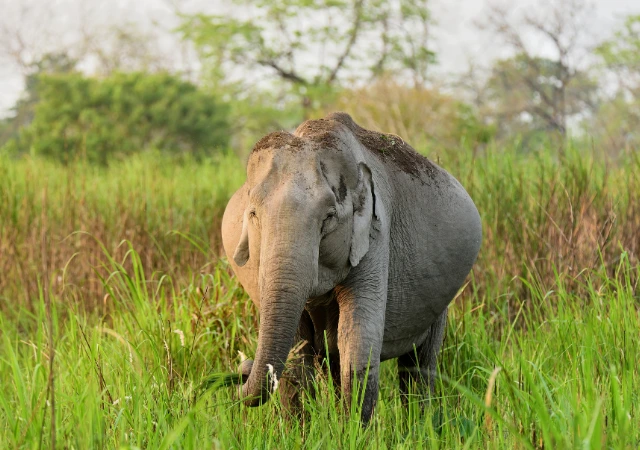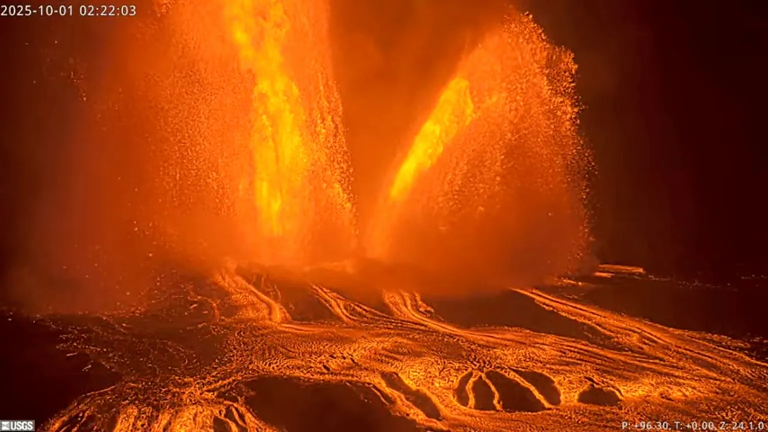
#image_title
The Pink Dolphin animal is also referred to as the Boto Dolphin and Bufeo Dolphin. It is one of the toothed whales of the family Iniidae and is native to South America. The Amazon Pink Dolphin is the largest river dolphin. Adult males weigh 185 kg and are 2.5 metres long.
In 2018, the IUCN classified the species as Endangered with a population decline. The main threats to this species are: Consumables caught in fishing lines Direct hunting for fish bait or control of predators Dams and pollution Like many species, the species is facing habitat loss and ongoing human pressures.
Amazing Facts about Amazon Pink Dolphin Animal
1. Ability to change colour!
Amazon pink river dolphins is also a cute pink dolphins which is may be for their pink colour, but they were not born that way. In fact, they are born grey and gradually change to pink as they grow older. Males are much more pink than females; the pink coloration is thought to be caused by scar tissue from rough play or fighting over territory. However, the final colour of the dolphins can be affected by their behaviour, the placement of their capillaries, their diet, and the amount of sunlight they get. Bright pink pinks attract more attention from females. These river dolphins can have markings that are mostly grey with a few pink spots, or they can be completely flamingo pink.
2. Largest freshwater dolphin in terms of body size and brain size.
Of the five freshwater species, the largest and most intelligent is the Amazon pink dolphin animal. The full-grown pink river dolphin can reach a length of 9 feet, weigh 400 pounds, and live for up to 30 years. They are the most diverse of the toothed whales, especially during the wet season, eating more than 53 species (including piranhas). They also have an unusually large brain, with 40 percent greater brain capacity than humans. Although shy, pink river dolphins are surprisingly drawn to humans. They play with local children without exhibiting aggressive behaviour. They communicate using high frequency sonar clicks to create a 3D echogram of the dark riverine world.
3. Most secretive dolphins in the world.
The exact number of “botos” in the Amazon is unknown, as the IUCN classifies them as “data deficient”. This is partly because dolphins are known to congregate in groups, but the pink river dolphins are often solitary or in small groups (2-4 individuals), usually mothers and young. One of the difficulties in counting the pink river dolphins is that the waters are often murky and full of silt. Another problem is that they don’t bother to make themselves visible, often only lifting the tip of their heads. They spend most of their time underwater and their shy and evasive behaviour adds to their mythic reputation.
Have Question?
Where do Pink Dolphins live?
The good news is that Amazon Pink dolphin animals live in small groups and are incredibly inquisitive and social towards humans. Our guests often see them playing in the river during our skiff trips.
4. They are aquatic gymnasts
Pink dolphin animals have Unfused vertebrae at the ends of their necks, making them incredibly agile. They can turn their heads 90 degrees, allowing them to swim around tree branches, rocks and other obstructions. They can swim forward using one flipper and paddle backward using the other, allowing them to turn with greater accuracy. Pink river dolphins often swim upside down, which may help them to see better in the muddy waters of the river. Pink river dolphins have small eyes, but they can see well above and below the surface of the water. They are able to navigate the Amazon’s muddy waters to find their food thanks to their keen sense of hearing.
5. They considered as a mythical creature
The Amazon pink river dolphins are the subject of a lot of South American folklore, and not all of it good. For example, one legend says that the dolphins turn into beautiful men called boto encantado to seduce and fertilize women during the night. Another says that if you swim alone, the dolphins will take you to a magical undersea city. This has caused the locals to be afraid to go near the water between midnight and dawn, or to enter water bodies alone. Some people believe that the pink dolphins are the Amazon manatee’s keepers, so if you want to see an Amazon manatee, you must first make peace with the pink dolphins. To harm the dolphins is bad luck, and to eat them is even worse luck.
The pink river dolphin’s semi-magic status may have saved the Amazon’s endangered species by prompting local communities to take better care of dolphins and protect their populations. Other threats, such as pollution of the environment, by-catches, and intentional killing of dolphins as bait in fishing, continue to threaten the species.
The pink river dolphin is classified as ‘endangered species’ by the International Union for Conservation of Nature’s Red List (IUCN) in 2018. This classification is based on evidence that the total population size of the species has declined by at least 50% over the past 75 years. In the same year, Peru’s Government approved a National Action Plan (NAP) to protect the pink river dolphins and Amazonian manatee. This NAP incorporated scientific research, including ecological and population.





